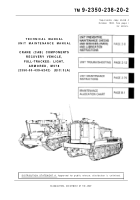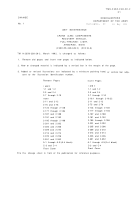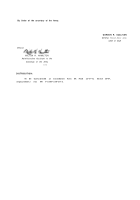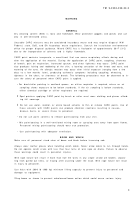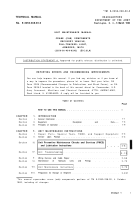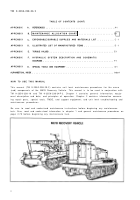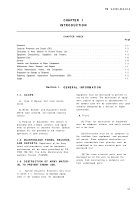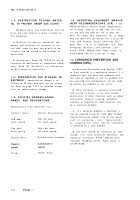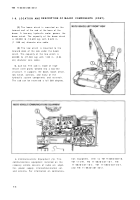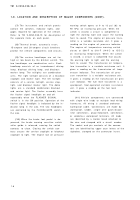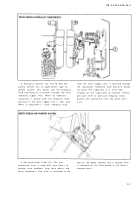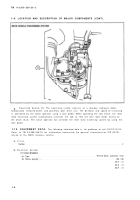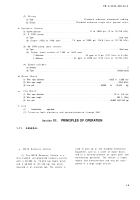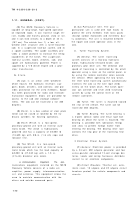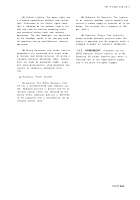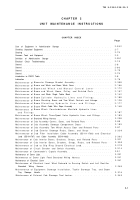TM-9-2350-238-20-2 - Page 4 of 495
TM 9-2350-238-20- 2
WARNIN G
GENERA L
Dry cleaning solvent (SD2) is toxic and flammable. Wear protective goggles and gloves and us e
only in well-ventilated areas .
Unusable CARC mixtures may be considered hazardous waste and may require disposal IA W
Federal, state, DoD, and DA hazardous waste regulations. Consult the installation environmenta l
office for proper disposal guidance. Mixed CARC has a flashpoint of approximately 38°F (3°C )
due to the incorporation of solvents and is highly flammable .
CARC paint contains isocyanate, a constituent that can cause respiratory effects during an d
after the application of the material. During the application of CARC paint, coughing, shortness
of breath, pain on respiration, increased sputum, and chest tightness may occur. CARC pain t
also produces itching and reddening of the skin, a burning sensation of the throat and nose, an d
watering of the eyes. An allergic reaction may occur after initial exposure (ranging from a few
days to a few months later), producing asthmatic symptoms including coughing, wheezing ,
tightness in the chest, or shortness of breath. The following precautions must be observed to in-
sure the safety of personnel when CARC paint is applied .
•
For brush/roller painting in confined spaces, an airline respirator is required, unless an air
sampling shows exposure to be below standards. If the air sampling is below standards ,
either chemical cartridge or airline respirators are required .
Ž Spot painters applying CARC paint by brush or roller must wear clothing and gloves afford -
ing full coverage .
Ž Do not use water, alcohol, or amine based solvents to thin or remove CARC paints. Use o f
these solvents with CARC paints can produce chemical reactions resulting in nausea ,
disease, burns, or severe illness to personnel .
• Do not use paint solvents to remove paint/coating from your skin .
• Mix paint/coating in a well-ventilated mixing room or spraying area away from open flames .
Personnel mixing paint/coating should wear eye protection .
• Use paint/coating with adequate ventilation .
BOOM AND WINC H
Make sure all personnel stand clear of boom and block before traversing cab .
Always wear leather gloves when handling winch cable. Never allow cable to run through hands .
Do not operate winch crane with less than four turns of wire rope on drums. Failure to observ e
these warnings could result in personnel injuries .
Wire rope failure will result if more than half the wires in any single strand are broken, separa-
ting from pulled out kinks, or fraying after crushing under the track. Wire rope failure will resul t
in injury to personnel .
Use hoist with 2000 lb (908 kg) minimum lifting capacity to prevent injury to personnel an d
damage to equipment .
Sling boom as shown to prevent unbalanced boom action which could cause serious injury .
a
Back to Top

